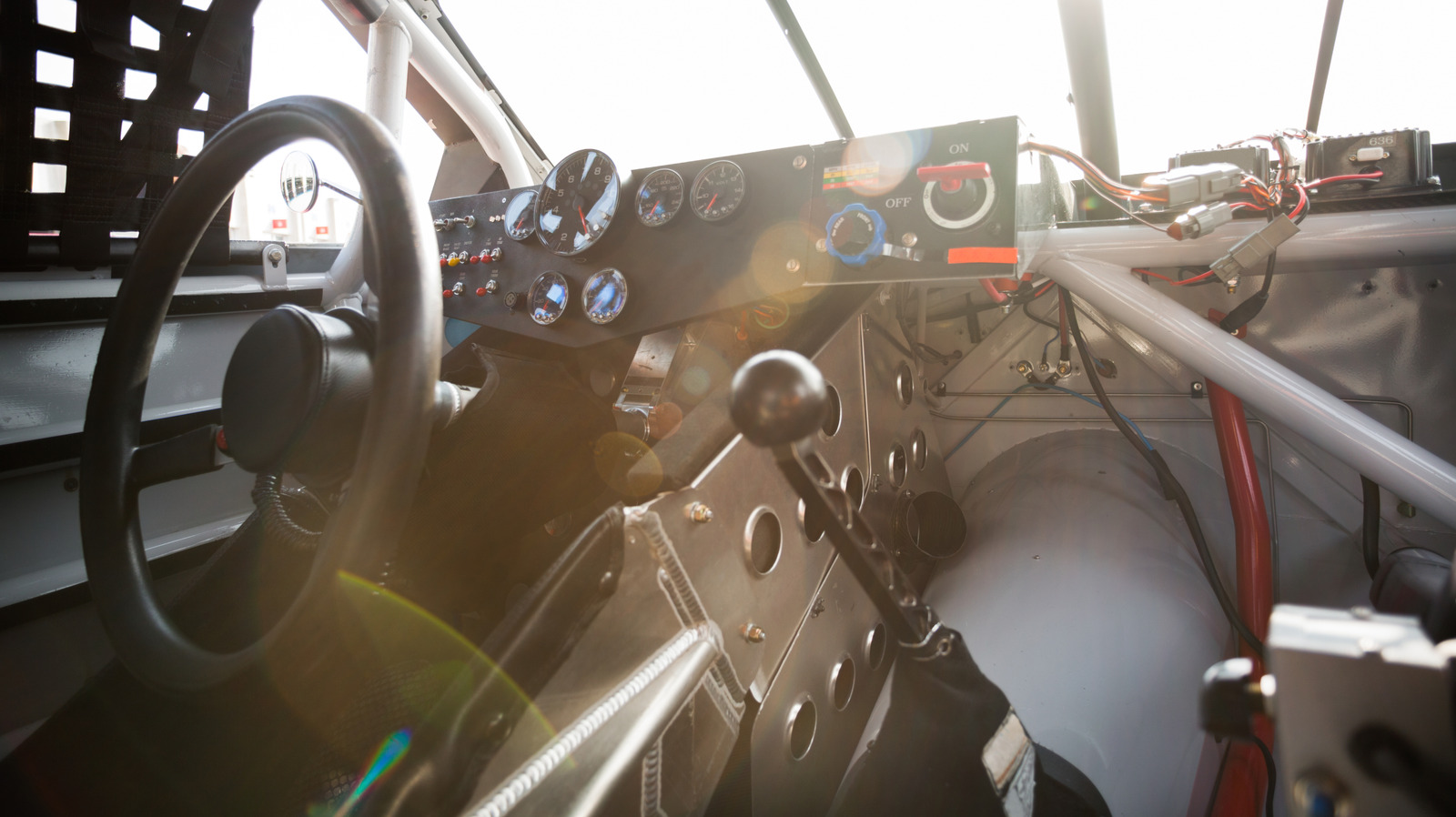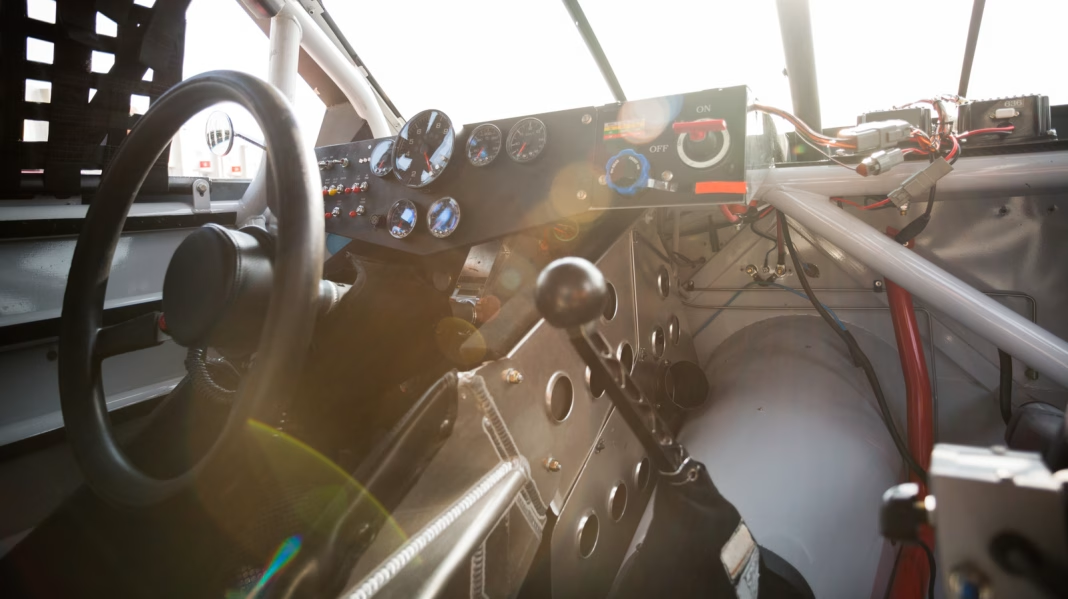Why Do Racing Cars Use Straight Cut Gears Instead of Helical Gears?
If you’ve ever caught the high-pitched whine of a race car screaming down the straight, you’ve heard the sound of straight cut gears at work. But why do racing engineers and drivers choose these noisy, old-school gears over the smoother, quieter helical gears you’ll find in most road cars? Let’s break down the real reasons behind this choice, and what it means for performance on the track.
What’s the Difference Between Straight Cut and Helical Gears?
At first glance, gears might all look the same—just metal teeth meshing together. But the difference between straight cut and helical gears is all about the angle. Straight cut gears (also called spur gears) have teeth that run straight across the gear, perpendicular to the gear’s face. Helical gears, on the other hand, have teeth cut at an angle, forming a sort of spiral pattern.
That angled design in helical gears means they engage gradually, resulting in quieter, smoother operation. That’s why your daily driver doesn’t sound like a chainsaw when you shift. But there’s a trade-off: helical gears generate more side (axial) forces, which can sap efficiency and put extra stress on the transmission.
Why Do Straight Cut Gears Matter for Racing Performance?
In racing, every fraction of a second counts. Straight cut gears are chosen for one simple reason: efficiency. Because their teeth engage all at once, there’s less friction and less energy lost as heat. That means more of the engine’s power actually makes it to the wheels. In a world where tenths of a second can decide a podium finish, that’s a big deal.
There’s another advantage: strength. Straight cut gears can handle higher loads without the risk of the gears being pushed apart by sideways forces. This makes them more durable under the brutal, high-torque shifts that racing demands. When you’re slamming through gears at 9,000 RPM, reliability isn’t just nice—it’s non-negotiable.
Is Noise Really a Problem in Race Cars?
Let’s be honest: race cars aren’t built for comfort. The whine of straight cut gears is loud—sometimes painfully so. But in a cockpit filled with engine roar, tire squeal, and the occasional radio chatter, a little extra gear noise is the least of anyone’s worries. In fact, for many drivers and fans, that mechanical howl is part of the thrill.
In contrast, road cars are designed for comfort and quiet. That’s why manufacturers stick with helical gears for most consumer vehicles. The smoother engagement and lower noise levels make for a much more pleasant ride, even if it means sacrificing a bit of efficiency.
Are There Downsides to Straight Cut Gears in Racing?
Absolutely. The biggest downside is noise, but there’s more to it. Straight cut gears can be less forgiving if not perfectly aligned or if the transmission isn’t built to handle their unique stresses. They can also wear faster if abused, though in racing, transmissions are often rebuilt or replaced regularly anyway.
Another factor: straight cut gears don’t mesh as smoothly, which can make shifting feel harsher. For a seasoned racer, that’s just part of the job. For the average driver, it would get old fast.
Do Any Road Cars Use Straight Cut Gears?
It’s rare, but not unheard of. Some high-performance or specialty vehicles, especially those designed for track use, might use straight cut gears in their transmissions or differentials. These cars are usually aimed at enthusiasts who care more about performance than comfort. For most drivers, though, the noise and harshness just aren’t worth it.
What Does the Data Say About Gear Efficiency?
According to a study published in the International Journal of Automotive Technology, straight cut gears can be up to 2-3% more efficient than helical gears under high-load conditions. That might not sound like much, but in motorsports, it’s a significant edge. When you’re pushing a car to its limits, every little bit helps.
Transmission specialists like Dr. John Ellis, a mechanical engineer with decades of experience in motorsports, point out that straight cut gears also allow for easier and more precise gear changes at high RPMs. That’s a huge advantage when fractions of a second matter.
What Can Everyday Drivers Learn from Racing Gear Choices?
While most of us won’t be swapping out our helical gears for straight cut ones anytime soon, there’s a lesson here about priorities. Racing teams are willing to sacrifice comfort and quiet for performance and reliability. It’s a reminder that every engineering decision involves trade-offs. Want a car that’s whisper-quiet and smooth? Helical gears are your friend. Want maximum efficiency and bulletproof durability on the track? Straight cut gears are the way to go.
The big takeaway? The choice between straight cut and helical gears isn’t about perfection—it’s about smarter adjustments. Start with one change this week, and you’ll likely spot the difference by month’s end. Whether you’re chasing lap times or just a smoother commute, understanding the why behind these choices can help you make better decisions for your own ride.


